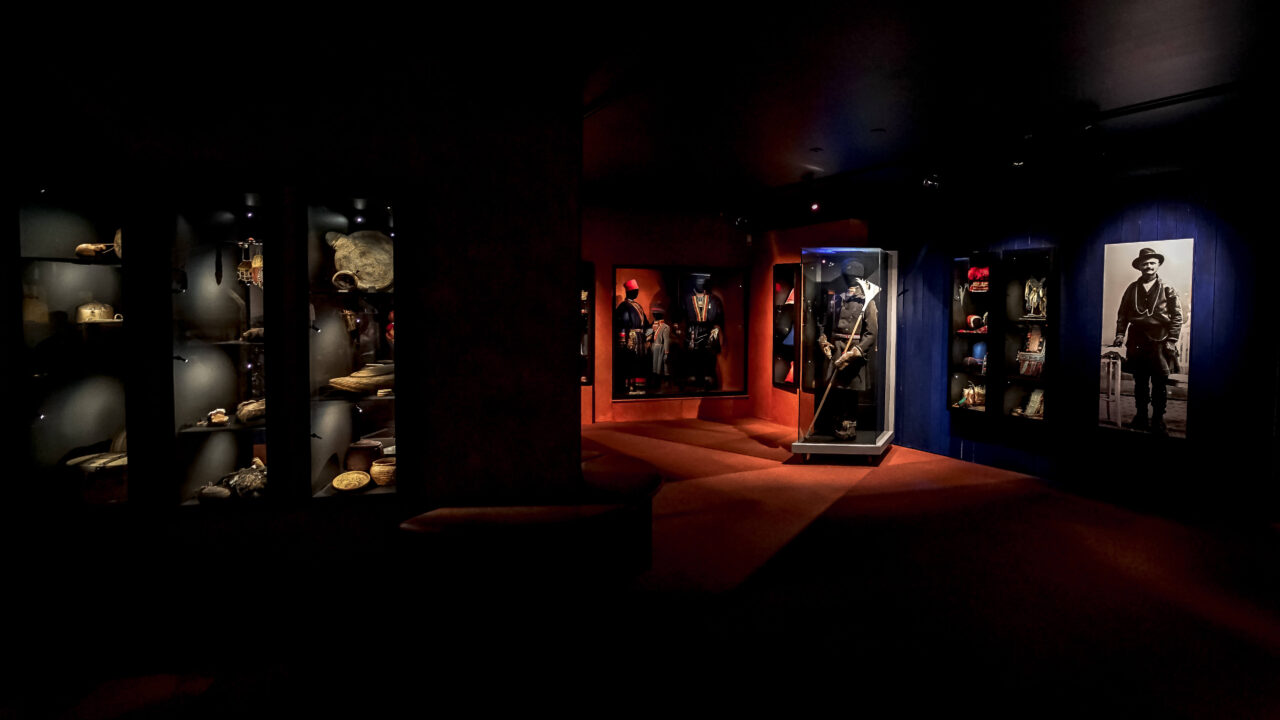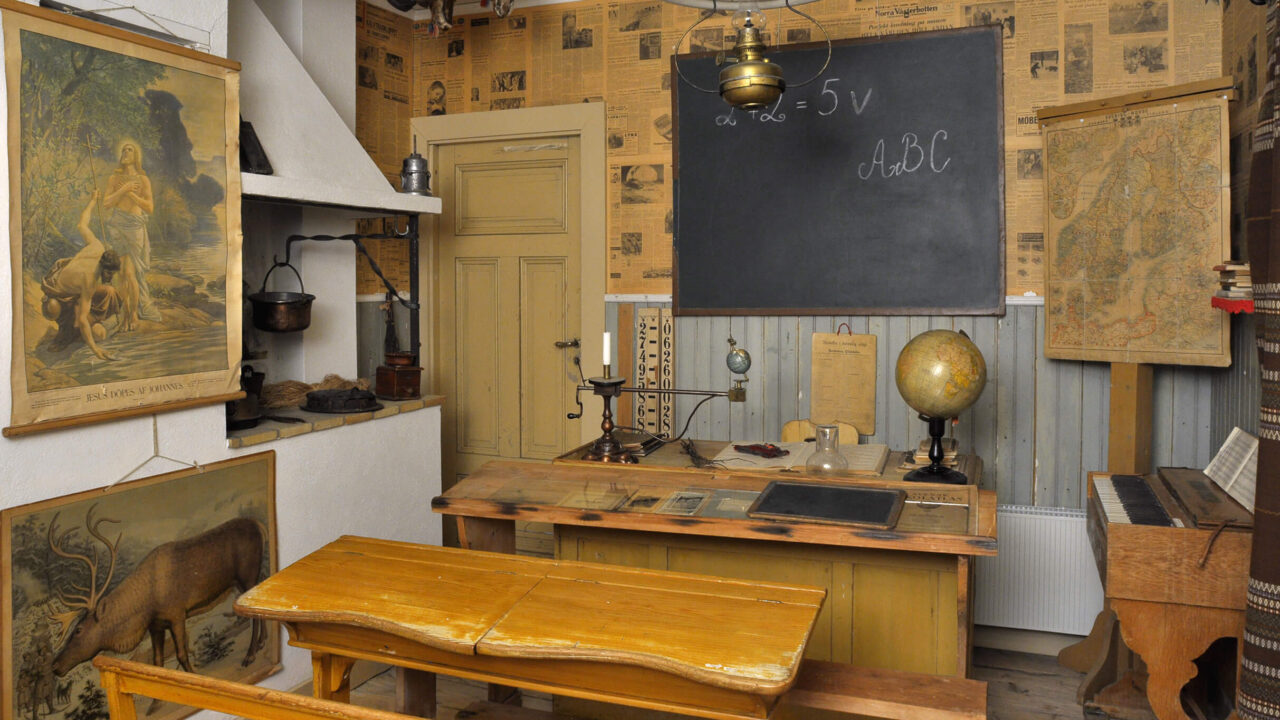Savvet
Managing a museum collection is a job where we have to take many things into account. We have to make sure that the physical conditions for the objects are the best, we have to be able to communicate the collection through exhibitions and knowledge transfer, but we also have to deal with the layers of values that are present from the time the collection was created.
Almost all museum collections contain objects that are ethically sensitive because of the way they came to the museum. Today, we have to deal with this heritage, and the development of indigenous law and museum ethical guidelines over the last decade should enable us to answer questions about how objects came to the museum and their significance in the present. While the overall discussions on repatriation have often focused on the physical return of museum objects, it is important to also explore how objects can be made accessible in other ways, such as through digital technologies.
Our project discusses ethical issues and how to address them, and selects objects to be examined, documented and made available to individuals or the public through 3D technology. Discussions and selections are made together with the Arjeplog Sami Association to give our collections a greater significance in today's Sami society and to recreate the relationships between individuals and the objects.
The project involves researcher Malin Brännström, conservator Matilda Sundström and museum assistant Gry Helen Sivertsen.
The project is financed through funds from the Swedish National Heritage Board.

